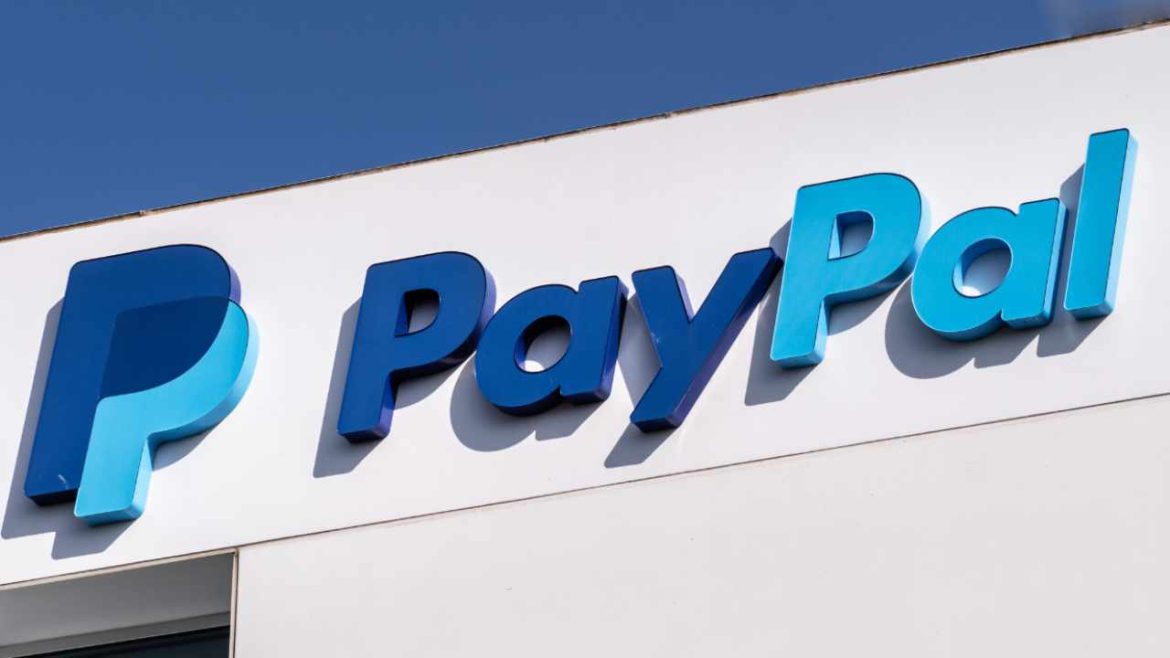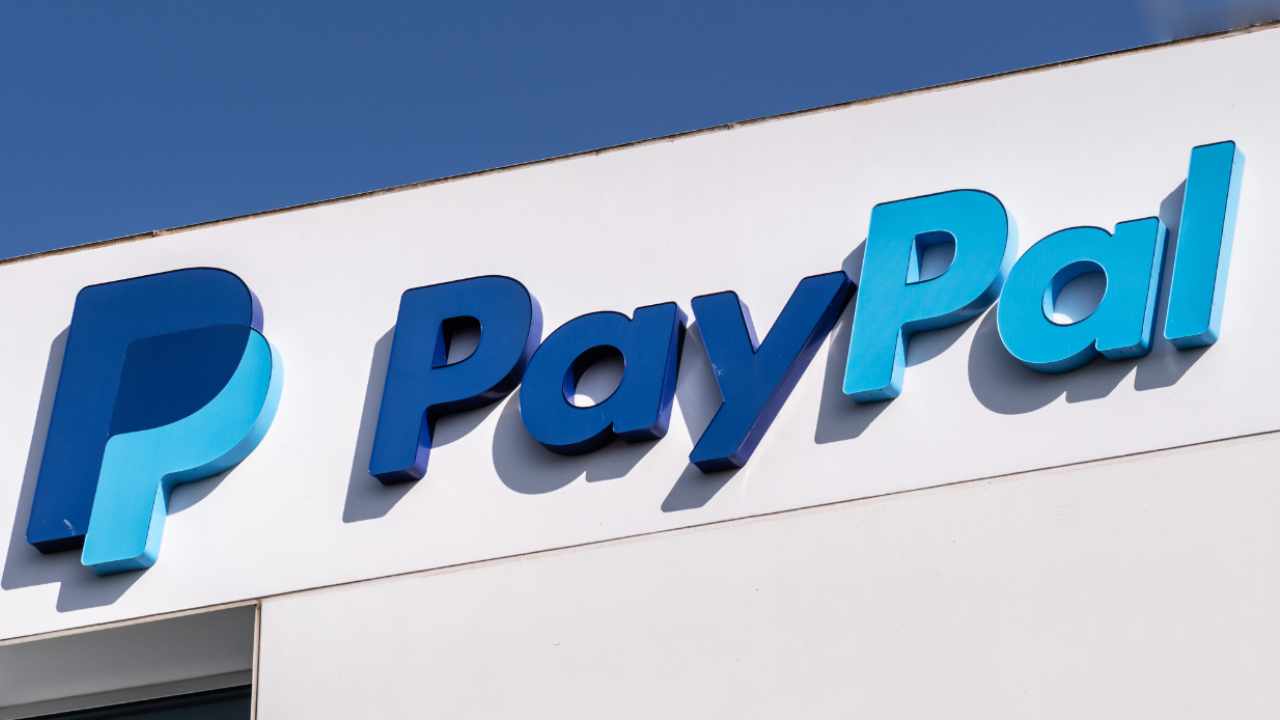The Rise of Cryptocurrency in Digital Payments: PayPal’s “Pay with Crypto” Initiative
Introduction
The digital payment landscape is undergoing a seismic shift, and PayPal’s “Pay with Crypto” feature, launched in July 2025, is at the forefront of this transformation. This initiative allows U.S. businesses to accept over 100 different cryptocurrencies, marking a significant stride towards mainstreaming digital currencies. The question on everyone’s mind is whether this innovation will revolutionize the payment industry or fade into obscurity. This analysis explores the potential benefits, challenges, and long-term implications of PayPal’s “Pay with Crypto” feature.
The Promise: A New Era of Digital Transactions
Cost Efficiency and Financial Inclusion
One of the most compelling advantages of “Pay with Crypto” is its potential to drastically reduce transaction fees. Traditional cross-border payments often involve multiple intermediaries, leading to high fees that cut into businesses’ profits. PayPal claims that its new service can reduce these fees by up to 90%, making it an attractive option for merchants, especially those engaged in international trade. This cost efficiency could also extend to consumers, who may benefit from lower transaction costs.
Expanding Market Reach
“Pay with Crypto” opens the door to a vast, untapped market of crypto users. With over 650 million crypto holders worldwide, businesses now have the opportunity to tap into a new customer base eager to spend their digital assets. This is particularly appealing to businesses that cater to tech-savvy consumers or operate in regions where cryptocurrency adoption is already widespread. By accepting cryptocurrencies, businesses can attract a more diverse range of customers and potentially increase their revenue.
Mitigating Volatility
Cryptocurrencies are known for their volatility, which can be a major deterrent for businesses considering accepting them as payment. “Pay with Crypto” addresses this concern by offering instant conversion of crypto to stablecoins or fiat currency. This feature provides merchants with the stability and predictability they need, mitigating the risk of price fluctuations. By converting cryptocurrencies to stablecoins or fiat immediately, businesses can avoid the potential losses associated with volatile crypto markets.
Seamless Integration and User Experience
The new service seamlessly integrates with popular cryptocurrency wallets like MetaMask and Coinbase, making it easy for users to pay with their preferred digital assets. This ease of use is crucial for driving adoption and ensuring a smooth payment experience. By simplifying the payment process, PayPal is removing one of the major barriers to cryptocurrency adoption. This user-friendly approach could encourage more consumers to use cryptocurrencies for everyday transactions.
The Challenges: Navigating the Complexities of Crypto Payments
Regulatory Uncertainty
The regulatory landscape surrounding cryptocurrencies is still evolving, and there is a lack of clear, consistent rules across different jurisdictions. This uncertainty could create challenges for businesses using “Pay with Crypto,” as they may need to navigate complex and potentially conflicting regulations. Businesses must stay informed about the latest regulatory developments and ensure they are compliant with all relevant laws and regulations.
Security Risks
Cryptocurrencies are not immune to security threats, such as hacking and fraud. Businesses using “Pay with Crypto” must take appropriate measures to protect themselves and their customers from these risks. This may involve investing in robust security systems and implementing strict security protocols. By prioritizing security, businesses can build trust with their customers and ensure the safety of their transactions.
Volatility Concerns
Despite the instant conversion feature, some businesses may still be hesitant to accept cryptocurrencies due to their inherent volatility. Even with stablecoin conversions, the value of those stablecoins can be impacted by broader market trends. Education and clear communication are crucial for alleviating these concerns. Businesses must educate their customers about the benefits and risks of using cryptocurrencies for payments and provide clear information about the conversion process.
Limited Consumer Awareness
While cryptocurrency adoption is growing, it is still far from mainstream. Many consumers are unfamiliar with digital currencies and may be hesitant to use them for payments. Businesses may need to invest in consumer education to promote the use of “Pay with Crypto.” By providing clear, concise information about cryptocurrencies and their benefits, businesses can help consumers feel more comfortable using them for payments.
Competition
PayPal is not the only company vying for a piece of the crypto payments pie. Other major players, such as Visa and Mastercard, are also exploring ways to integrate cryptocurrencies into their payment systems. PayPal will need to differentiate itself from its competitors to succeed in this crowded market. By offering unique features, such as instant conversion and seamless integration with popular wallets, PayPal can stand out from the competition and attract more users.
The Technical Details: How “Pay with Crypto” Works
Merchant Integration
Merchants can opt into the “Pay with Crypto” system relatively easily. The integration involves adding a “Pay with Crypto” button to their online checkout page, allowing customers to select it as a payment option. This simple integration process makes it easy for businesses to start accepting cryptocurrencies without significant technical expertise.
Cryptocurrency Selection
When a customer chooses “Pay with Crypto,” they can select from over 100 different cryptocurrencies to make their payment. This includes popular options like Bitcoin, Ethereum, and various stablecoins. By offering a wide range of cryptocurrencies, PayPal ensures that customers can use their preferred digital assets for payments.
Wallet Connection
The customer then connects their preferred cryptocurrency wallet, such as MetaMask or Coinbase, to PayPal. This allows PayPal to access the funds needed to complete the transaction. By integrating with popular wallets, PayPal makes it easy for customers to use their existing wallets for payments.
Conversion and Payment
PayPal then instantly converts the cryptocurrency into stablecoins or fiat currency and transfers the funds to the merchant’s account. This process typically takes only a few seconds, ensuring a fast and seamless payment experience. By providing instant conversion, PayPal eliminates the need for businesses to hold cryptocurrencies, reducing their exposure to market volatility.
Fees
For the initial year, PayPal is charging a flat transaction fee of 0.99% for “Pay with Crypto.” After the first year, this fee will increase to 1.5%. This is significantly lower than the fees typically charged for traditional cross-border payments. By offering competitive fees, PayPal can attract more businesses to its platform and encourage them to accept cryptocurrencies.
Long-Term Implications: Shaping the Future of Finance
Accelerating Crypto Adoption
“Pay with Crypto” has the potential to significantly accelerate the adoption of cryptocurrencies by making it easier and more convenient for businesses and consumers to use them for payments. This could lead to a wider acceptance of digital assets as a legitimate form of currency. By promoting the use of cryptocurrencies, PayPal is contributing to the growth of the digital economy.
Transforming Cross-Border Commerce
By reducing transaction fees and simplifying the payment process, “Pay with Crypto” could transform cross-border commerce. This could make it easier for businesses to expand into new markets and reach a global customer base. By facilitating international trade, PayPal is helping to create a more interconnected global economy.
Fostering Innovation in the Payment Industry
“Pay with Crypto” is likely to spur further innovation in the payment industry, as other companies seek to develop competing solutions. This could lead to the creation of new and more efficient payment methods that benefit both businesses and consumers. By driving innovation, PayPal is helping to shape the future of the payment industry.
Decentralization of Finance
By promoting the use of cryptocurrencies, “Pay with Crypto” could contribute to the decentralization of finance. This could reduce the power of traditional financial institutions and give individuals more control over their money. By supporting decentralized finance, PayPal is helping to create a more inclusive and democratic financial system.
Integration with PayPal World
The successful integration of “Pay with Crypto” with the broader “PayPal World” ecosystem is crucial. This integration could bring in more customers, leveraging PayPal’s extensive user base and existing infrastructure. By integrating with PayPal’s ecosystem, “Pay with Crypto” can reach a wider audience and drive adoption.
Conclusion: A Cautious Step Forward
PayPal’s “Pay with Crypto” is a bold move that has the potential to revolutionize the way we transact. By lowering transaction fees, providing access to a vast crypto market, and offering instant conversion to mitigate volatility, it addresses some of the key challenges that have hindered the adoption of cryptocurrencies. However, regulatory uncertainty, security risks, and limited consumer awareness remain significant hurdles.
Ultimately, the success of “Pay with Crypto” will depend on PayPal’s ability to navigate these challenges and convince businesses and consumers to embrace this new payment method. While the long-term implications are uncertain, one thing is clear: “Pay with Crypto” is a significant step forward in the evolution of digital payments, and it has the potential to shape the future of finance. Only time will tell if it lives up to its promise.





